185 vs 205 Tires
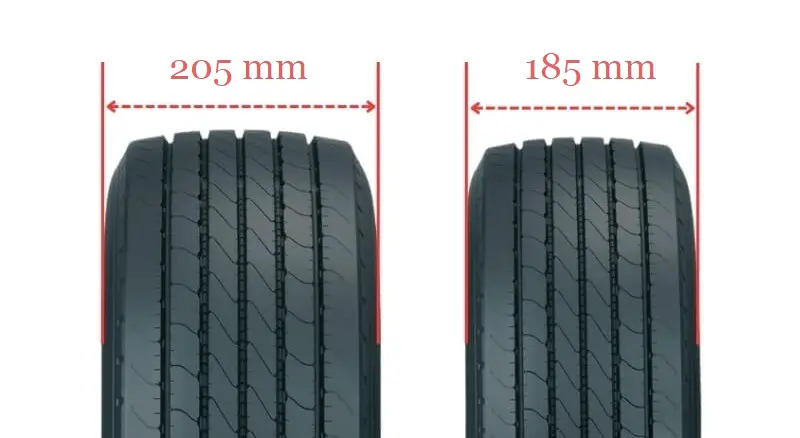
The difference between 185 and 205 tires is the width of the tire tread in millimeters. The 205 tire size is 20mm wider than the 185 tire size. This difference in width can affect a vehicle’s handling and stability.
185 Vs 205 Tires
It’s important to thoroughly understand the various tire sizes available and how they can affect a vehicle’s performance
| 205 Tire | 185 Tire |
|---|---|
| Wider (8.07 inches) | Narrower (7.28 inches) |
| Lower Gas millage due to increased rolling resistance and rotational mass | Higher Gas millage due to smaller contact patch and lower rotational mass |
| More comfortable due to wider contact patch and taller sidewall | Less comfortable due to smaller contact patch |
| More aggressive aesthetic appeal, may impact aerodynamics | Contributes positively to aerodynamics |
| Improved stability and traction, especially off-road | Enhanced handling on pavement, quicker response |
| Higher due to larger contact patch to distribute weight | Lower due to smaller contact patch |
| Potentially more road noise, but also dampens vibrations | Quieter on smooth roads, more vibration transmission |
| Endures impacts but may increase vehicle component wear | Potential for even tread wear and longer tread life |
| Advantageous traction in off-road or muddy conditions | Can cut through snow/ice more effectively |
Gas Mileage
With a slightly smaller contact patch and less rotational mass, 185 tires generally confer better fuel efficiency, an aspect crucial for daily commuters and long-distance travelers.
The larger 205 diameter and width might detract from fuel efficiency owing to increased rolling resistance and rotational mass. Larger tires with heavier weight give you less gas mileage.
Ride Comfort
The 205 wider tires generally offer a more comfortable ride than the 185 smaller tires due to their wider contact patch and taller sidewall.
Larger 205 tires give you better off-road performance compared to the smaller 185, but smaller tires tend to have better on road performance.
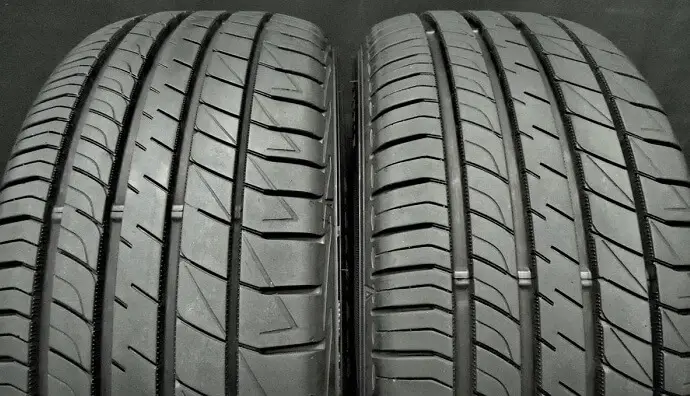
Aesthetics
The 185 smaller tires contribute positively to vehicle aerodynamics, whereas 205 larger tires can offer a more aggressive and aesthetic appeal but may hinder aerodynamic efficiency.
Handling & Stability
The 185 smaller tires typically offer enhanced handling and quicker response on paved roads.
Conversely, the 205 larger tires might present improved stability and traction, particularly in off-road scenarios or on uneven surfaces.
Load Capacity
The load capacity of a tire increases with tire width. The 205 is wider than the 185, so it has a larger contact patch, which can distribute the weight over a wider area and support more load.
Noise & Vibration
The 185 smaller tires may provide a quieter ride on smooth surfaces but might transmit more vibrations from road irregularities.
The 205 larger tires, especially those with aggressive treads, might generate more road noise but could also dampen vibrations due to increased air volume and sidewall height.
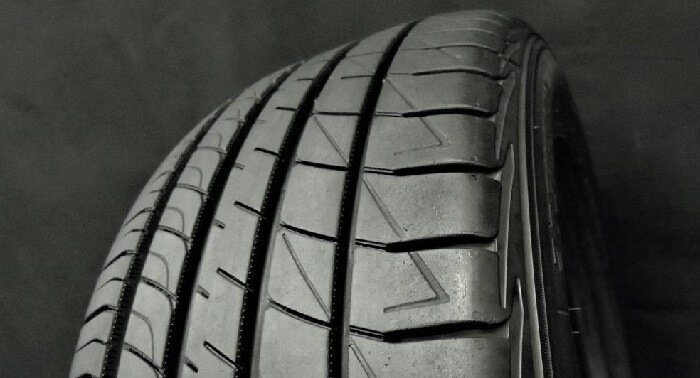
Durability & Wear
The 185 smaller tires can potentially exhibit even wear and potentially longer tread life. The 205 larger tires, while potentially enduring more impacts and absorbing more stress, might introduce more wear to vehicle components due to their added weight.
Adverse Conditions
The 185 smaller, narrower tires can sometimes navigate snow and ice more effectively by cutting through the road surface.
The 205 larger tires, mainly if they are wide, might provide advantageous traction in specific off-road or muddy conditions.
Difference Between 185 and 205 Tires
The main difference is the section width, with 205 tires being 20mm wider than 185 tires. This affects factors like handling, traction, and overall performance.
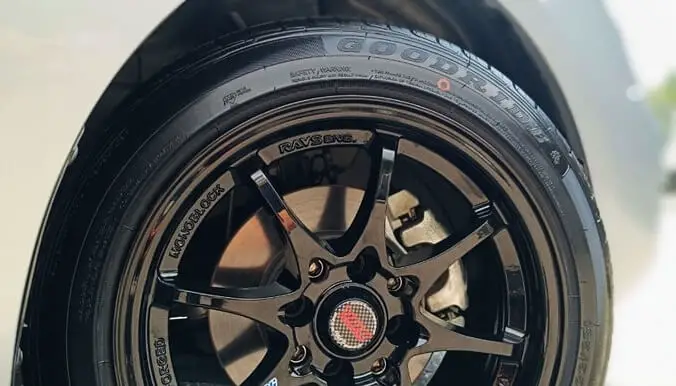
Can I Use 185 Tires Instead of 205?
It is possible, as the ideal rim width range for 185 tires overlaps with the minimum range for 205 tires. However, using narrower tires may affect performance and handling.
Keep in mind that the aspect ratio and rim diameter of the new tires should match your current setup. If they don’t match, the overall diameter difference should stay within 3% to avoid affecting speedometer accuracy and vehicle performance.
Can I Use 205 Tires Instead of 185?
Yes, it is possible since the ideal rim width range for 205 tires overlaps with the maximum range for 185 tires. However, wider tires may affect handling and tire wear.
Important factors to consider include tire dimensions. Ensure new tires have the same aspect ratio and rim diameter as your current setup.
If they don’t match exactly, aim for an overall diameter difference of 3% or less to preserve speedometer accuracy and vehicle performance.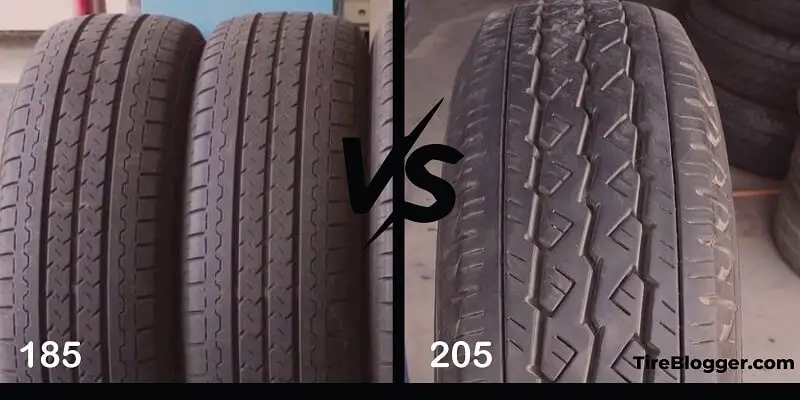
Can I Put 205 Tires on 185 Rims?
Yes, you can put 205 tires on rims designed for 185 tires. The ideal rim width range for 185 tires (5.5-6.5 inches) overlaps with the range for 205 tires (6.0-7.5 inches).
Can I Put 185 Tires on 205 Rims?
It is possible, as the ideal rim width range for 205 tires (6.0-7.5 inches) overlaps with the range for 185 tires (5.5-6.5 inches). However, using a wider rim than recommended may affect tire performance and wear.

Meet Caitlin McCormack, a Tire Size Expert and Blogger Passionate About Everything Related to Tires. With Years of Experience in the Tire Industry, Caitlin Has Become an Expert in Tire Sizes and Their Impact on Vehicle Performance.
